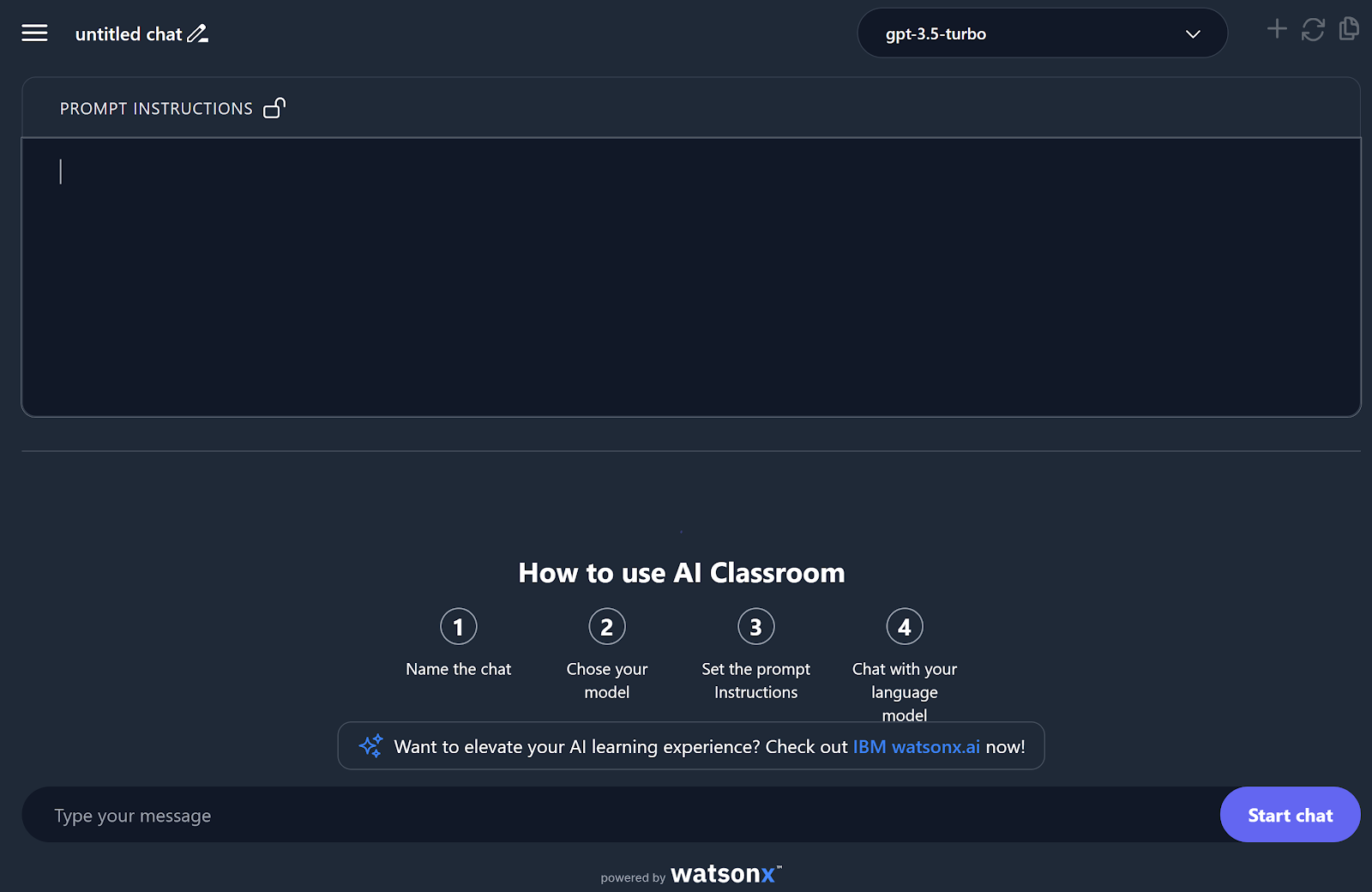Czech version: Rok 2024 v letech do vesmíru
The year 2024 saw a record 253 successful rocket launches – the most in the history of spaceflight. The US dominated with 155 launches, followed by China and Russia. SpaceX set new standards for reusable launch vehicles with its Falcon 9.
In 2024, we recorded a record 253 successful launches - 42 more than in the previous record year of 2023 - representing the highest number of rockets sent into space in a single year to date.
 |
| Countries' share of rocket launches |
The countries with the highest number of successful launches are the USA (155), followed by China (68) and Russia (17). The remaining 16 launches are shared between Europe and four other countries.
By rocket
Last year, SpaceX's Falcon 9 was once again the most successful launch vehicle (132 launches). 127 launches were performed with a first stage that had already been used at least once before, with only 5 missions using a brand new stage. The Chinese Long March family of rockets came in second place again, with 49 launches.By spaceport
The busiest spaceport last year was Cape Canaveral in Florida with 67 launches. Second and third place also went to spaceports in the United States—Vandenberg with 47 launches and Kennedy with 26 launches. Fourth and fifth place went to Chinese spaceports – Jiuquan with 21 launches and Xichang with 19 launches. Sixth place, with 13 launches, went to the New Zealand spaceport Māhia.People in space
In 2024, a total of nine manned missions were launched into space—five missions from the United States, with a total of 16 people, two Russian missions with a total of six people, and two Chinese missions, also with six people.
Last year, another record was set for the number of people in orbit at the same time (19 people), specifically on September 11. This was achieved after the launch of the three-member Soyuz MS-26 mission to the International Space Station (ISS), which joined nine crew members aboard the ISS, three crew members of the Chinese Tiangong space station, and four crew members of the Polaris Dawn mission.
This mission also made history by performing the first commercial spacewalk, during which two crew members left their Crew Dragon spacecraft. This mission also set a new record for the number of people—four—simultaneously exposed to the vacuum of space.
Space missions
Two important scientific missions were launched in October: NASA's Europa Clipper mission to Jupiter's moon Europa, which aims to search for traces of an ocean beneath its icy surface, and ESA's Hera mission to the Didymos binary asteroid system, which was struck by the DART probe four years ago to test the kinetic method of redirecting an asteroid's trajectory. On Mars, the Ingenuity helicopter (NASA) ended its operations in January when its rotor blades suffered critical damage.
This year also saw significant lunar missions. The Chang'e 6 mission of the Chinese space agency CNSA successfully completed the first-ever mission to return samples from the far side of the Moon. The SLIM mission of the Japanese space agency JAXA and the IM-1 mission of Intuitive Machines achieved soft landings on the surface of the Moon, but both landing modules overturned during the final descent, leading to the early termination of their missions. Thanks to the SLIM mission, Japan became the fifth country to achieve a soft landing on the Moon.
New launch vehicles and unsuccessful missions
Last year saw six unsuccessful missions and two partial failures.
2024 also saw several maiden flights of new launch vehicles, including the American Vulcan Centaur rocket and the Chinese Gravity-1 and Long March 12 rockets. The European Ariane 6 rocket also made its maiden flight, although there was a partial failure.
SpaceX made progress in the development of the Starship spacecraft, with flight test 5 achieving the first landing of the first stage. In addition, April saw the last launch of a rocket from the Delta family, the Delta IV Heavy variant.
Source: 2024 in spaceflight


